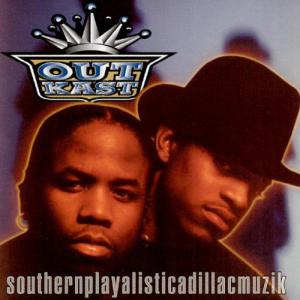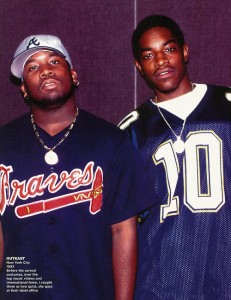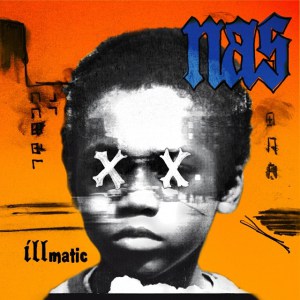by Writing Battle Rap History
The Carolina Chocolate Drops are one of the few black, old-time string bands that still exist today. Composed of lead vocalist, violinist, and banjoist, Rhiannon Giddens, multi-instrumentalists, Hubby Jenkins and Rowan Corbett, and cellist, Malcolm Parson, the Durham, North Carolina based quartet are a coming of age musical-medium that bridge African-American influenced folk music to modern musical themes with a 21st century interpretation.
The banjo, an instrument that has its origins in West Africa, is quintessential in the makings of music in America. As early as the 17th century, slaves were taught to play violins for their master’s entertainment. Slaves combined European harmonies they learned on the violin with the rhythmic and syncopated cadences from their native Africa that they played on the banjo. This cultivated into a sound that was uniquely African-American and was called “Negro Jigs.”
Before the Chocolate Drops became a group, they were inquisitive musicians that shared a common interest in learning more about string music, in particular, the African-American influence on string music of the 1920s and 30s in the Piedmont regions of North and South Carolina. When white musicians started to incorporate banjos in their sets, string music became associated with being “hillbilly“, mainly because black musicians started embracing blues music and as a result black string band traditions faded, while “hillbilly” became the precursor to country and bluegrass music. Wanting to preserve and share the black string band tradition, the Chocolate Drops sought the expertise of Joe Thompson, a legendary fiddler from North Carolina who comes from a line of black string band musicians. Thompson exposed them to old-time fiddling during jam sessions at his home. The Carolina Chocolate Drops initially formed as a tribute band for Thompson before his passing in 2012 at the age of 93, but shortly thereafter, discovered success beyond him. Click here to read the full review.










